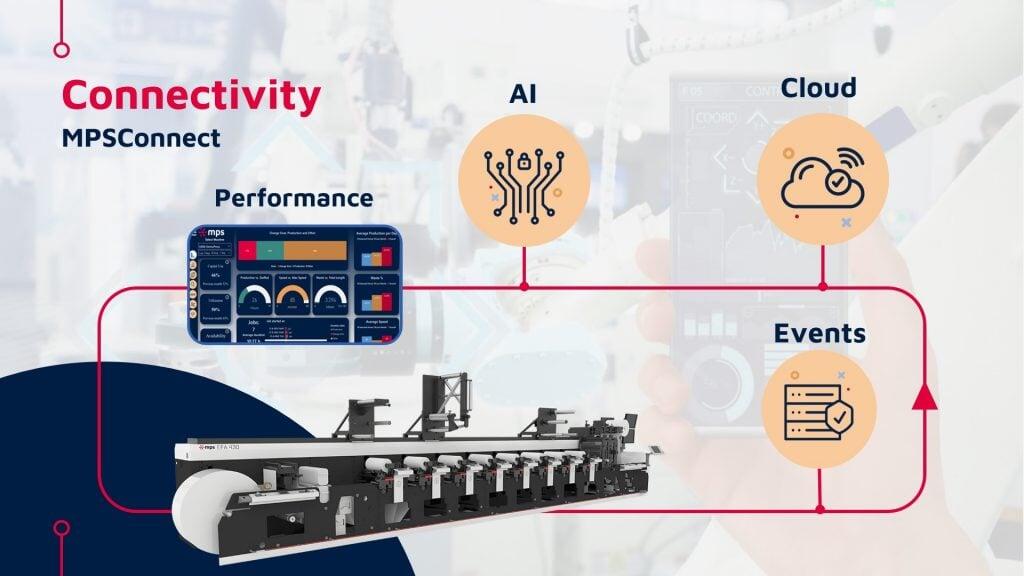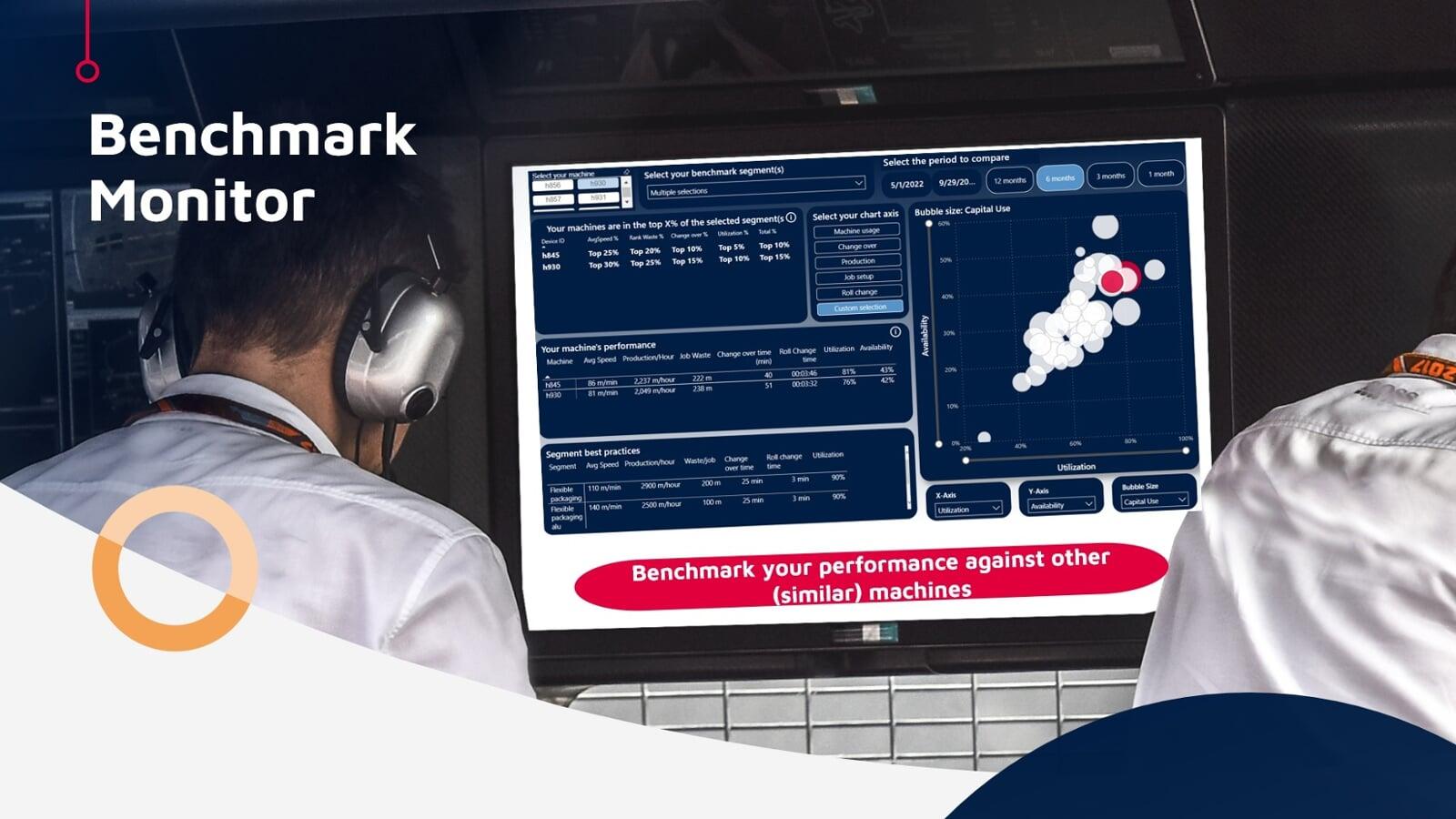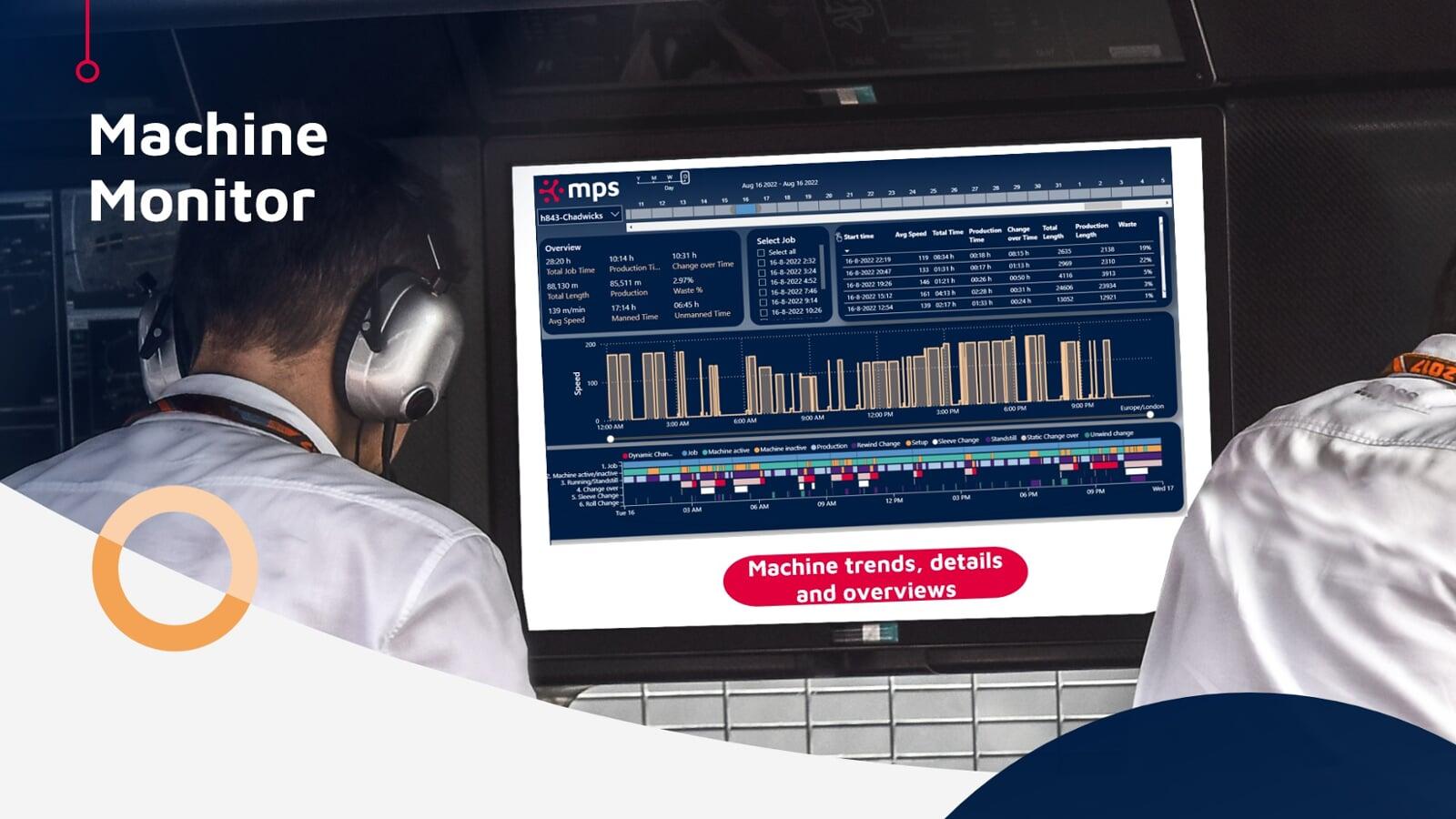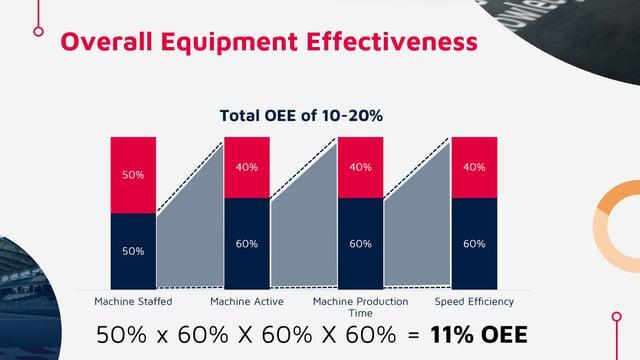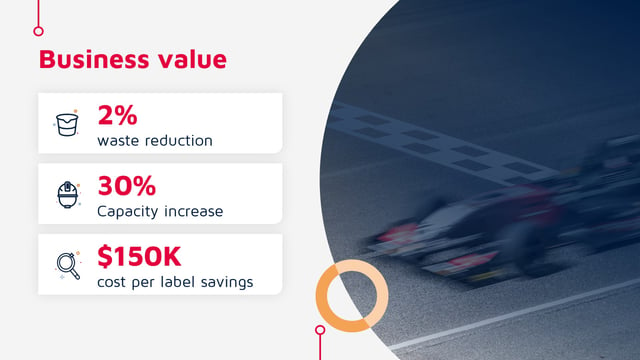We are in the midst of the 4thindustrial revolution, a revolution driven by sensor technology and data transmission. A quantum leap was achieved when manufacturing equipment was fitted with sensor technology and individual units enabled with the ability to exchange data.z
The result was far-reaching and momentous: whereas before our machines were essentially a black box where we relied on the operator to manually record press activities, now we have access to volumes of real-time data on running processes and performance parameters. And the wealth of data can be used to optimize time, material waste, and profit.
Here’s how.
Smart manufacturing
Smart manufacturing
Machine sensors give us valuable production and productivity data, but this benefit can be further enhanced in the future by communicating information with other machines and other processes. In flexo, for example, where so much is determined by prepress, the level of ink in each ink tray could be communicated via a PDF file and the trays topped up if necessary. You could check whether the correct anilox rollers are in each printing unit, connect finishing and logistics systems, and connect with your suppliers and customers.
Using the sensor data in an open system connected with other downstream and upstream systems creates a fully transparent ecosystem less prone to human errors, open to better planning, and the prevention of waste.
Connected ecosystems lead to smart manufacturing. The printing industry has been a bit slower to embrace this concept, but it’s being developed quickly in the automotive, airline, agricultural and medical industries.
Each new MPS press is equipped with an edge server, allowing multi-directional data collection from hundreds of sensors every second (MPSConnect). This data is interpreted to generate real, useful information and then put into the cloud to make it available for management and operators whenever they want and from wherever they are. They need only be connected to the internet from a mobile phone, tablet, or PC.
We currently have over 100 printing presses on the market that are connected, generating interpreting data on 10 million events per year.
What information is available?
What information is available?
The benchmark monitor allows for an anonymous comparison of similar applications being run on presses worldwide. You can accurately evaluate your performance while eliminating the subjectivity that inevitably influence discussions with operators or the production team.
Focus on efficiency
Focus on efficiency
At 10% to 20%, the ‘Overall Equipment Effectiveness’ (OEE) rate in the label printing industry is comparatively low. In the automotive industry it can be 80% to 90%. Obviously, in car manufacturing a world-class OEE is easier to achieve than in the print industry. Car manufacturers make more or less the same model day in and day out, whereas printing jobs constantlychange. Still, an increase in efficiency can be achieved.
Typically, among connected MPS presses, an OEE of 11% is obtained. This figure is calculated as follows: a machine is only staffed for 50% of the time, and only actively producing 60% of the time it is staffed. The production runs only operate at 60% of the maximum speed possible for that application (speed efficiency). Thus: 50% x 60% x 60% x 60% is only 11% OEE.
There is great room for improvement!
Business value
Business value
Our customers who actively use connectivity through MPSConnect report major gains in productivity, a reduction of waste and errors, and capacity gains. On average, the benefits of active use of the available data are as follows:
- 2% waste reduction
- 30% increase in capacity
- EUR 150,000 savings per year as a result of improved cost per label/cost per job
In addition, label printers experience an improvement in their annual turnover and profit as a result of the extra capacity to run more jobs. This is not included in the above calculation.
Smart Support
Smart Support
What is the main difference between printers that benefit from connectivity and those that don’t?
The successful label printers actively use the data. They conduct weekly or monthly meetings to analyze the data and discuss what they see and how they can improve operations by making use of best practices and reducing errors.
Experience has shown that just having the data on a monitor is not enough. In quite a few cases we have seen that, when the production manager is in charge of the information, not much happens, as the production manager is often too busy solving all kinds of urgent problems. The printers that implement a special team or person dedicated to productivity improvement, things will happen.
The organization must be geared to productivity optimization.
MPS has programs to support this optimization through monthly meetings with our customers. Using the data feedback, we:
- Encourage and support a ‘lean’ working culture and a mindset of continuous improvement
- Support the optimal use of all of the machine’s technical features
- Look at the processes and workflow around the machine
The results for productivity and cost-savings are phenomenal.
Changing Technologies
Changing Technologies
To conclude, it’s worth noting that sensor technology and the intelligence around this technology is rapidlydeveloping. The use of data and intelligence requires working methods different from the traditional methods of craftmanship prevalent in our business.
Certainly, many operators, factory managers, and owners have been working in this industry for many years. They know their business and applications well. Nevertheless, these new technologies provide insights to do even better and to remain competitive.
Connecting to the available data, integrating it, and adjusting to the new technologies ensures your competitive advantage and increased profit.
Certainly, many operators, factory managers, and owners have been working in this industry for many years. They know their business and applications well. Nevertheless, these new technologies provide insights to do even better and to remain competitive.
Connecting to the available data, integrating it, and adjusting to the new technologies ensures your competitive advantage and increased profit.
